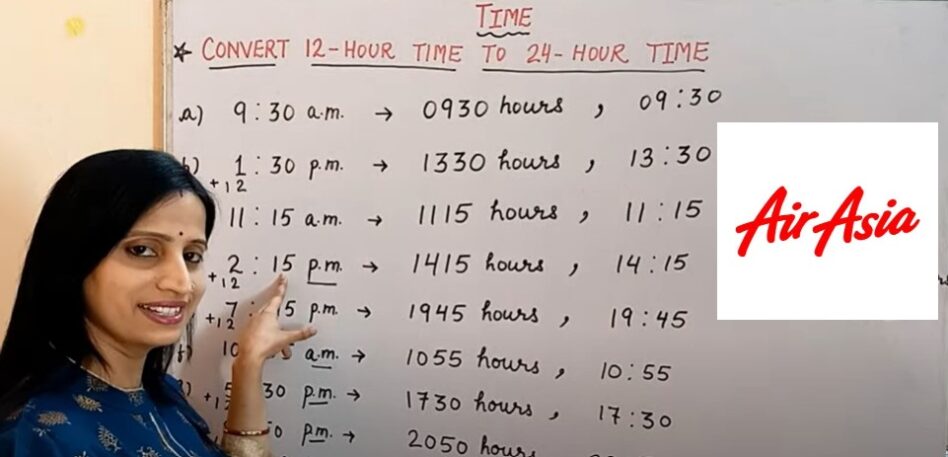By Surina Shukri
MALAYSIA’S youth are onto something and it has to do with their passion and talent in the creative arts. With everything going digital, it’s more critical now that they hone their craft further and take advantage of the surge in digital content consumption. It could be a digital comic, or a video game, perhaps a digital novella or even digital animated shorts.
The same can be said of Malaysia’s digital creative economy as, in recent years, it has shown massive potential. Growing substantially over the years, the sector had contributed over RM7.98 bil in revenue in 2018 and created over 11,000 jobs.
In 2019, Malaysian animation films including Ejen Ali: The Movie, Upin and Ipin: Keris Siamang Tunggal, BoBoiBoy Movie 2 bagged – together – over RM50 mil in box-office collections.
On a macro level, the digital content economy consists of many aspects, such as digital arts, music, content development and creative education. Remember VFX sensation, Mohamad Sufian, who outshone his peers with high-impact video editing skills?
The young digitally-skilled Malaysian even met Will Smith during the actor’s press tour for the movie, Gemini.
Undoubtedly, the digital creative industry had proven itself to be increasingly resilient, building on decades of knowledge sharing and leveraging on the vast network of international expertise.

This helped Malaysia accelerate the growth of its digital content industry, enabling it to rival more mature players like the US, Japan, Korea and China.
The biggest game-changer
Up until two decades ago, digital content was almost entirely the domain of professional studios and media houses. Whether it was incisive newspaper editorials, glossy magazine photoshoots or exciting video content, these were best left to the teams of professionals that are experienced in producing content.
The single biggest game-changer here was when cameras made its way onto smartphones. The era of user-generated enriched content was born. Now all that was left were the means to broadcast these materials.
Enter YouTube and Facebook. By layering the power of social networks over a broadcasting platform, the biggest media delivery services in the world were created. Today Google, Facebook, Snapchat and TikTok dwarf the media giants of the 1990s.
Even locally, traditional content creators like ASTRO and Media Prima have lost their share of ‘eyeballs’ to online content. The democratisation of content creation was further accelerated with the availability of studio-class equipment and systems being made available for all.
Tips to consider
For those who are interested in the digital creative industry, here are some pointers to consider before you jump in:
- Be specific on the theme
There is an unlimited array of areas that can be considered to create content for. Some influencers try to be different by focusing on restaurant reviews or nutrition. Others make podcasts on food discovery.
- Finding the right audience
Try to build as many personas as possible to learn and understand the audience and find out what they are likely to consume. Include demographics like gender, age, location, ethnicity, education and employment.
Building these personas will generate enough data capture to help define and group them into buckets that can be targeted based on medium and platform types.
- Create a unique identity
As a digital content creator, they become the architects of the personality of their content. Even if there is no narration for the podcast, these creatives are the voice behind the script.
As such, they are the ones who decide on the tonality of these YouTube videos they’ll be producing. The style of how the content is delivered, naturally, will be close to their own personalities, ensuring authenticity.
- Choosing primary and secondary platforms
Based on the target audience, choice of medium, and monetisation strategy, successful digital content creators can then work towards building a huge following on that primary platform. As for secondary focuses, they can be used to drive engagement towards their preferred content output service.
For example, if the production is based around creating short-form videos and selected target audiences are under the age of 25, TikTok would be the best to attract and drive attention onto Instagram, YouTube or Facebook as they offer monetisation capabilities. If the goal was to educate the audience, YouTube would be the best platform.
Accelerating towards 4IR
Today’s youths are digital natives, born in the Internet era. They are also the start-up generation and are more inclined to be highly entrepreneurial. As such, the idea of being a digital creator comes naturally to them. However, digital content creation is a balance of art, technical knowledge and business.
Like academic pursuits or many traditional vocations, being a digital content creator requires diligence, hard work, planning and research. Those keen on getting into the digital content sector, MDEC’s current efforts – specifically for digital content creation and youth-centric video production – are good places to start at. – Oct 28, 2020
Surina Shukri is the CEO of Malaysia Digital Economy Corporation (MDEC)










